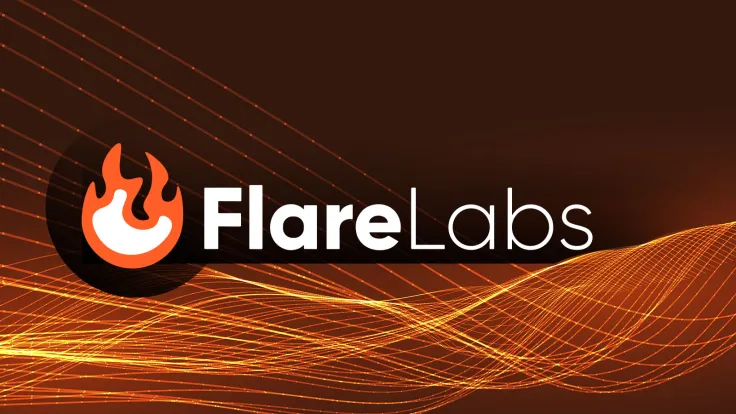
With the new development, a number of blockchains that do not support smart contracts natively can get their first programmable assets. Flare Labs released the test version of FAssets in a sandbox environment.
Flare Labs launches test version of FAssets on Coston testnet
Per its official announcement, the Flare Labs team successfully launched a test version of FAssets on Flare's Coston testnet. The team says that this development is of paramount importance to bringing programmability to the tokens of previous generations.
The FAssets system allows non-smart contract tokens such as Bitcoin (BTC), XRP Ledger and Dogecoin (DOGE) to be used trustlessly with smart contracts on Flare.
By minting these non-smart contract tokens into FAssets, it will be possible to put them to work earning yield or rewards in decentralized applications on the Flare network. Once the FAssets are on Flare, they can also be bridged to other networks.
Hugo Philion, CEO of Flare Labs, explained the role of FAssets' testnet launch for interoperability between heterogeneous blockchains:
More than 70% of the total value of all blockchain assets do not have smart contracts and therefore can’t be efficiently deployed in DeFi. FAssets are formally a Delta neutral synthetic with multi collateral backing. They enable these legacy assets to be represented on a smart contract chain without requiring a centralized third party. For developers, it will be a new and trustless means to access new potential users and a large amount of currently untapped value.
Advertisement
On Coston, Flare's main testnet, FAssets will be stress tested in a private beta version.
Next stop Songbird?
Once testing on Coston is over, the subsequent implementation will follow on the Songbird canary network before FAssets are launched on the Flare mainnet.
Beta will cover all major components of the system, with Flare Labs and initial partners adopting all required roles within the system and providing the necessary infrastructure.
Test assets will allow the simulation of market volatility to assess the system's robustness under stress. As the beta test progresses, external participants will be able to join.
 Arman Shirinyan
Arman Shirinyan Alex Dovbnya
Alex Dovbnya Caroline Amosun
Caroline Amosun Godfrey Benjamin
Godfrey Benjamin